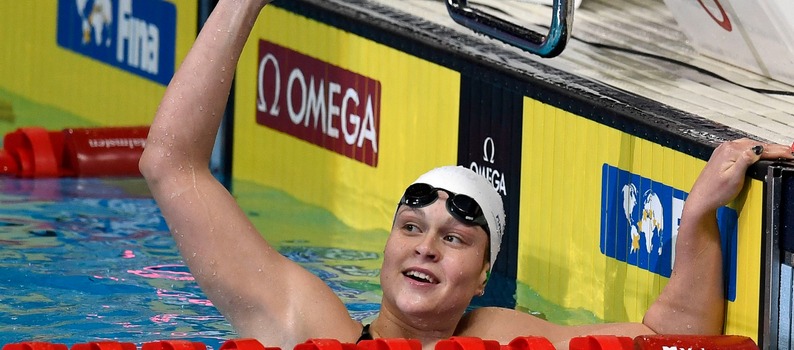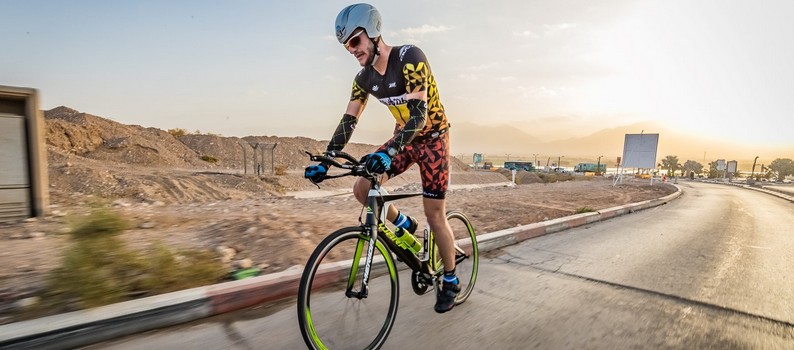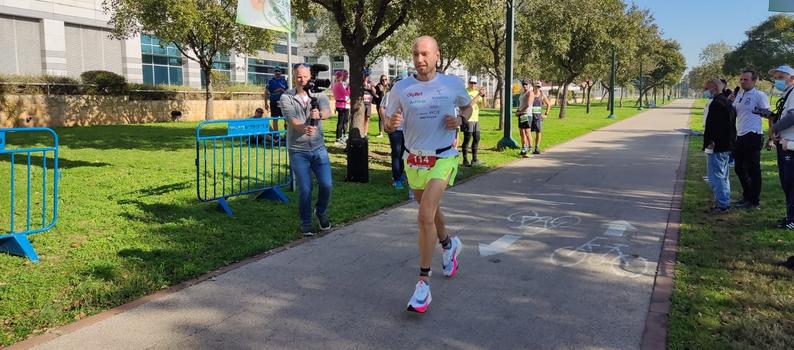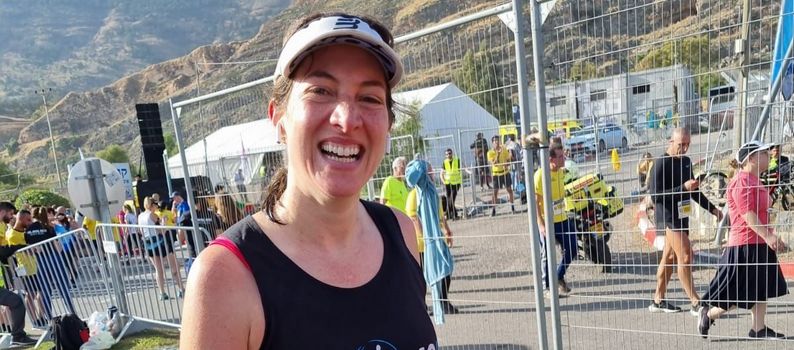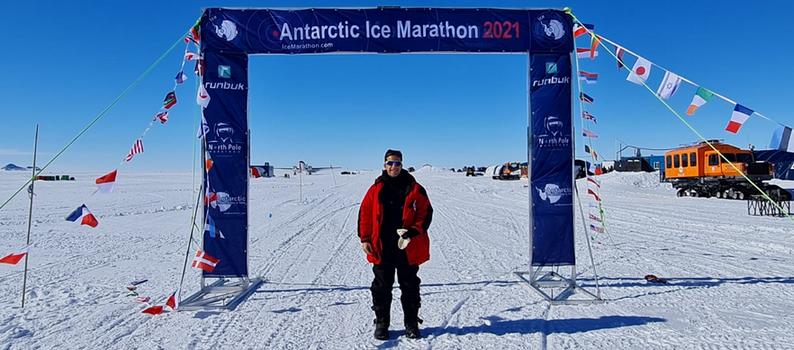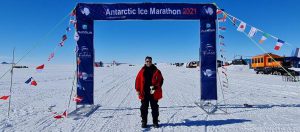If you think it's cold outside and you're thinking about skipping today's run, you might change your mind after reading our interview with Dr. Nir Andelman, a software engineering lecturer who finished the Antarctic Ice Marathon a few days ago. Just to be clear, Antarctica is the coldest place on earth and most of it is covered by ice year round.
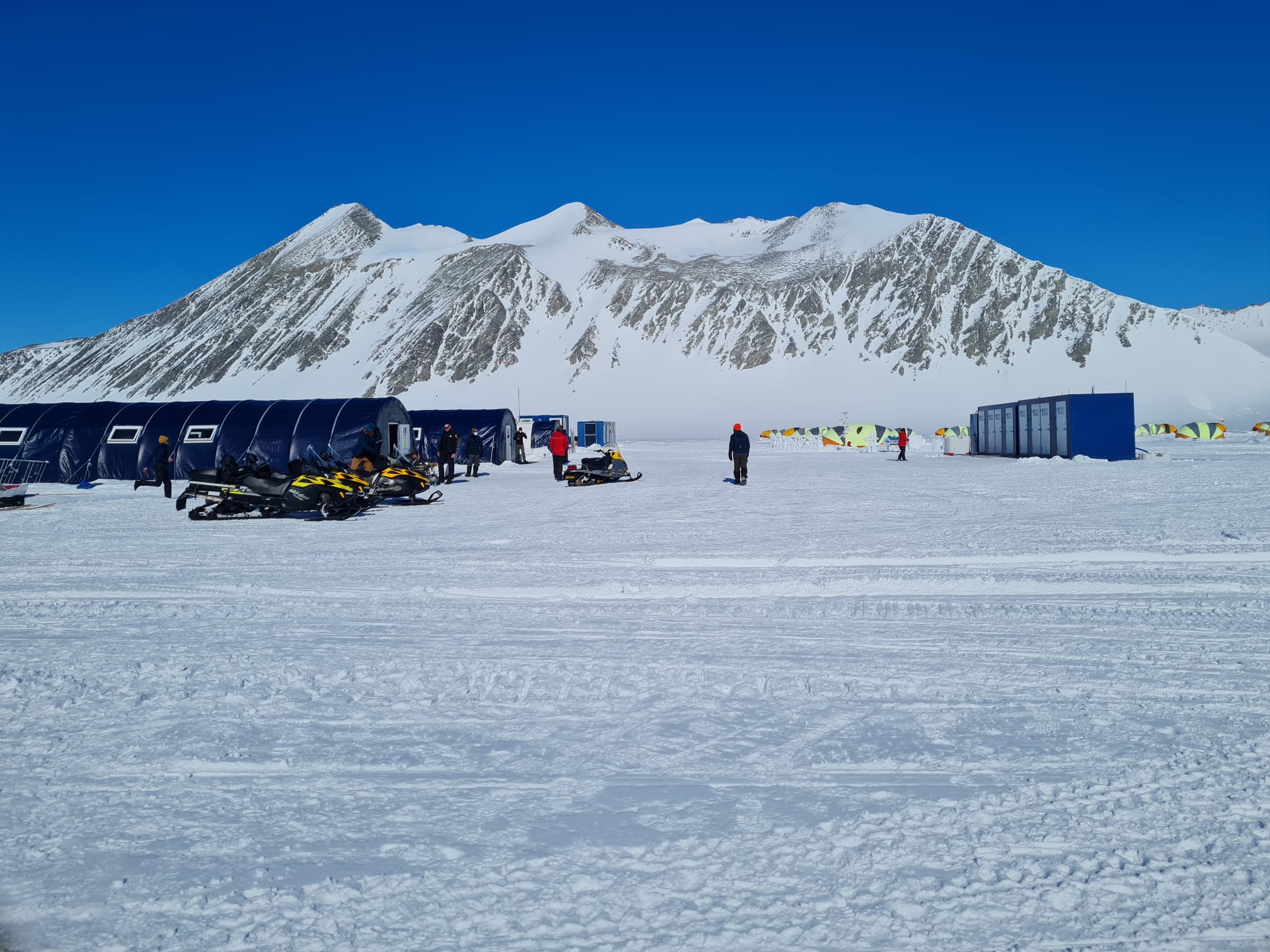
The logistical buildings, the runners' tents and in the background the Ellseworth Mountains Photo: Nir Andelman
Although Andelman is an amateur runner, he has run several marathons to date, including Berlin, Paris, Tiberias and Tel Aviv, and in fact running at the pole was his fifth marathon. In addition, he completed the 66 km run Around the Valley and the 100 km on Ultrman route. Back to the South Pole – 56 runners took part in the Antarctic marathon (12 women) with the winner finishing in a time of 3:53 hrs. The course record by the way is 3:34 hrs and it was set two years ago.
Andelman himself finished the marathon in 4:54 hours in ninth place. The race also has half marathon and a 10 km races.
Why did you decide to sign up for a marathon in Antarctica?
"I happened to find out about the race seven years ago, when I was looking out of curiosity for exotic places that have races. At the time I thought that participating in such a race is absurd and not for me, although the race website says that anyone who finishes a regular marathon can meet this challenge. I said to myself that I wish to visit the White Continent for the next decade, but not necessarily for a sport event.
"After a few years in which the idea cooked slowly, I came to the conclusion that I prefer the race experience, which includes round-trip flights and a stay in a camp deep within the continent, about a thousand kms from the South Pole, over other experiences like boating along the shoreline. After some doubts, I registered two and a half years for the race that was supposed to take place in December 2020, but because of the corona and the closure of the borders in Chile, was postponed for a year."
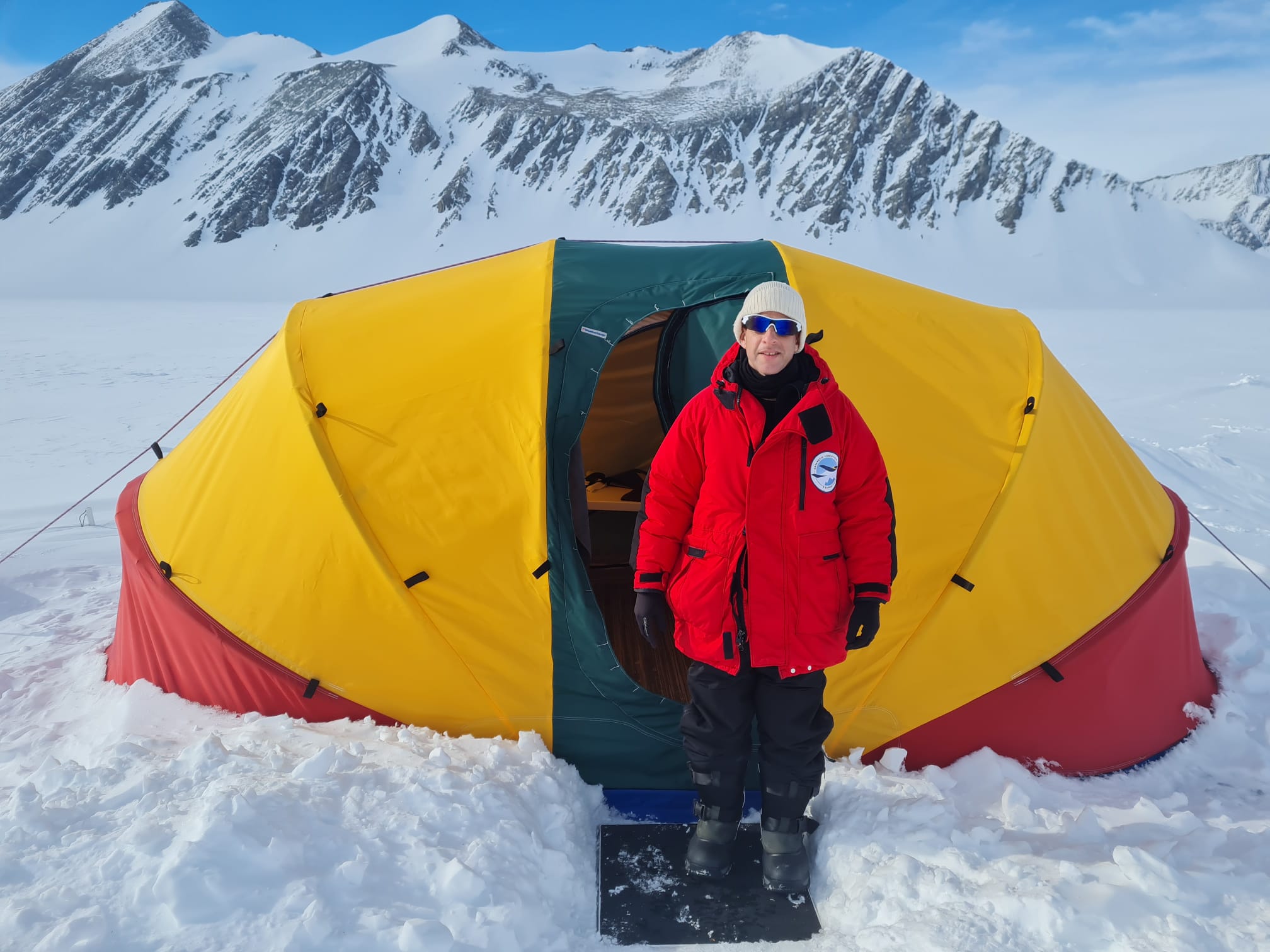
The personal tent where you sleep at night Photo: Nir Andelman
How did you train for a marathon in Antarctica that actually requires accommodation in very cold conditions and runs a route in ice and snow?
"I located a participant from one of the previous races and he gave me tips for the race. One important tip was to invest in clothing, according to a list that appeared on the race site. The clothes are not too heavy. They are combination that is made to protect from the cold, but also to dissipate heat from the body, so that it will not freeze on it. The other significant tip was that once you wear the right clothing, you don't get bothered by the cold, and it is much less disturbing than running in hot conditions.
"Based on these tips, I trained almost like for a regular marathon, doing most of the long runs in the running shoes I planned to take with me to Antarctica, on an off-road route. I tried some of the clothes I bought, but in the Israeli heat I never ran with the full set of clothes."
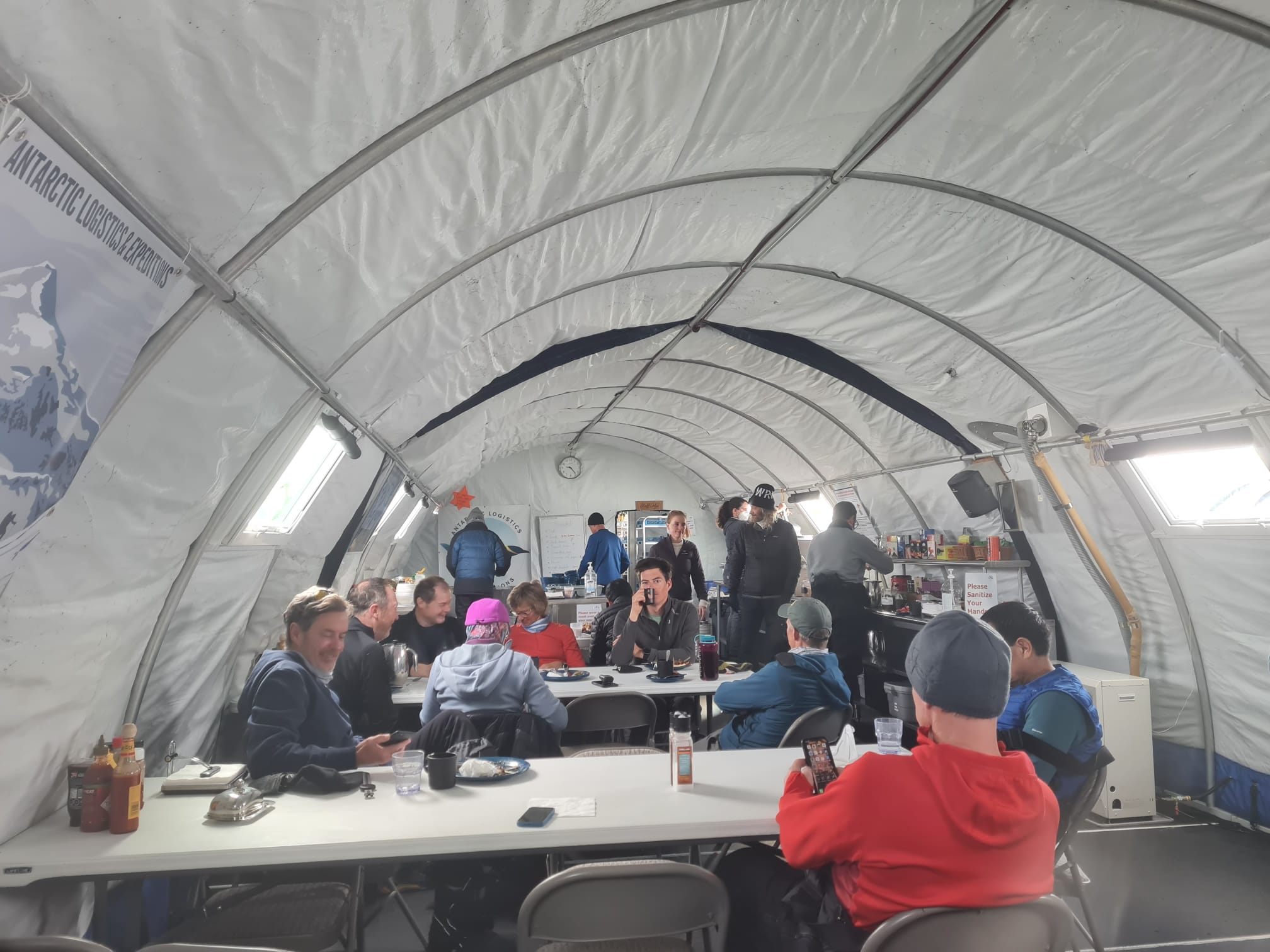
The dining room that also serves as a gathering place Photo: Nir Andelman
How did you get to Antarctica in terms of logistics and flights, describe the journey you made from Israel.
"The flights to Antarctica and back, including the stay in the camp there, are done by a logistical company that specializes in such projects. In the past they used to use a transport plane, but now they use a charter flight of Iceland Air, in a completely normal passenger plane.
"The flight to Antarctica departs from the city of Punta Arenas in southern Chile. To get there in the Corona era, I first had to get a permit to enter the country, which was until recently closed to tourists. The round trip included intermediate flights to Madrid and Santiago, including a day off before the flight to Punta Arenas. I had to undergo daily Antigen tests to make sure I did not arrive sick in Antarctica. Our flight to Antarctica was delayed by four days due to weather conditions. The plane lands on an ice surface without a control tower, so it needs perfect visibility to land safely.
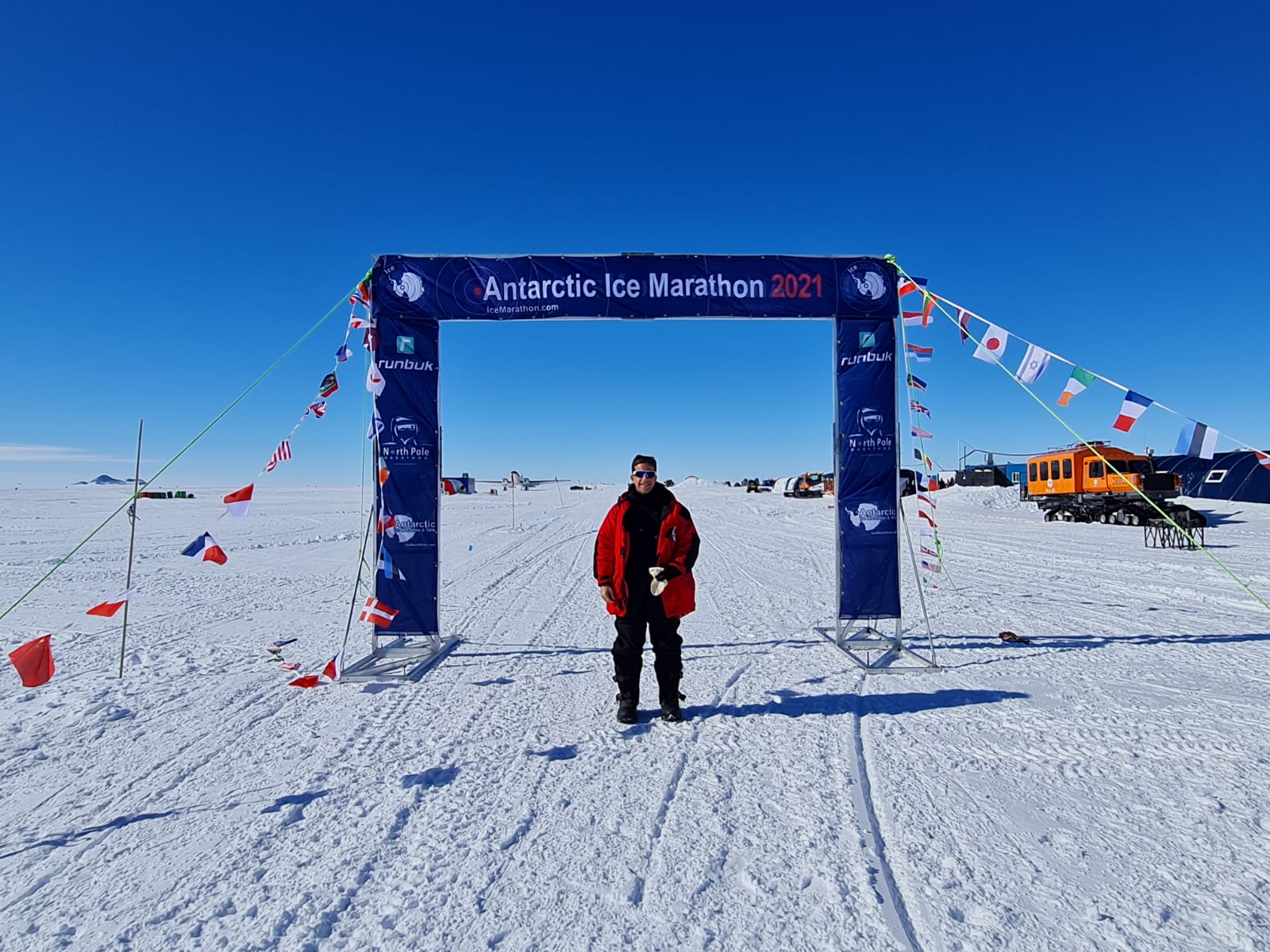
The Start/Finish line of the marathon. Photo: Nir Andelman
"The stay in Antarctica is in a special camp at Union Glacier, which is mostly tents that keep the heat inside with the help of the sun, that shines this season 24 hours a day. Especially through Santiago, Sao Paulo and Frankfurt."
How was the marathon organized logistically?
"The marathon is run in four laps of 10.55 km. The track is marked with small flags, and before the race a vehicle passes over it to tighten the snow. There were two feeding stations on the route itself, one is in the camp itself and we could leave personal equipment such as food supplements and change of clothes there. Garbage must not be left along the route, but only at stations and going to the toilet is only allowed at stations. Every type of garbage produced in a camp in Antarctica is collected and flown back to Chile, and that includes the contents of the toilets.
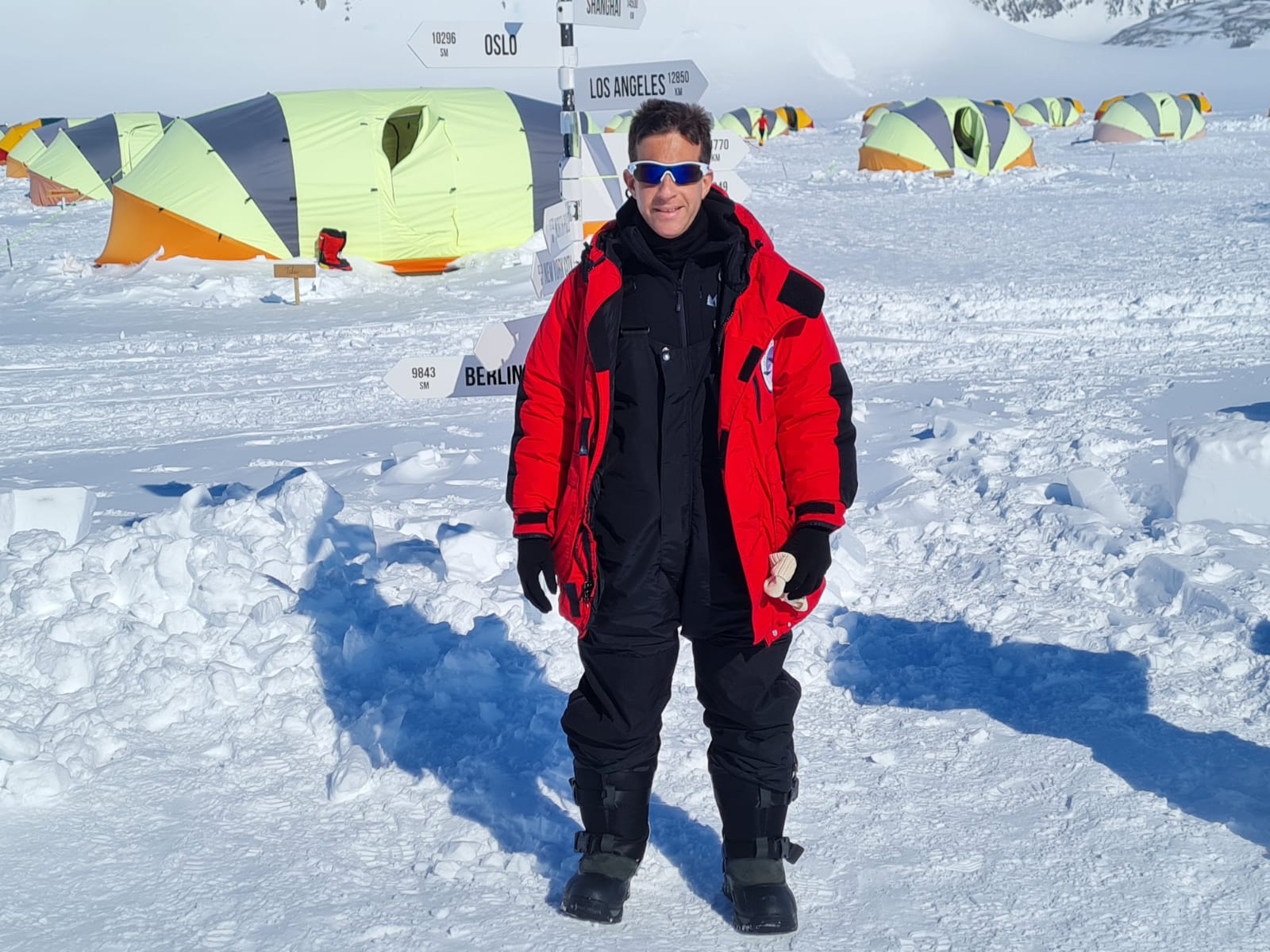
Nir Andelman Against the Background of the Camp Photo: Nir Andelman
"While running, the snowmobile riders roamed the track to see if any of the runners needed help or were in distress. Each runner was monitored each time he passed a station."
Describe the marathon in terms of difficulty and difficulties and was it easier / harder than you thought?
"Before the start I did a short prep run and came up with two insights. The first, that we were lucky to get a day with weak wind, so I was not likely to suffer too much from the cold, and can give up some layers of clothing. The second, running on snow, even when tight, feels like running on sand. This means a slow pace, and energy loss at every step.
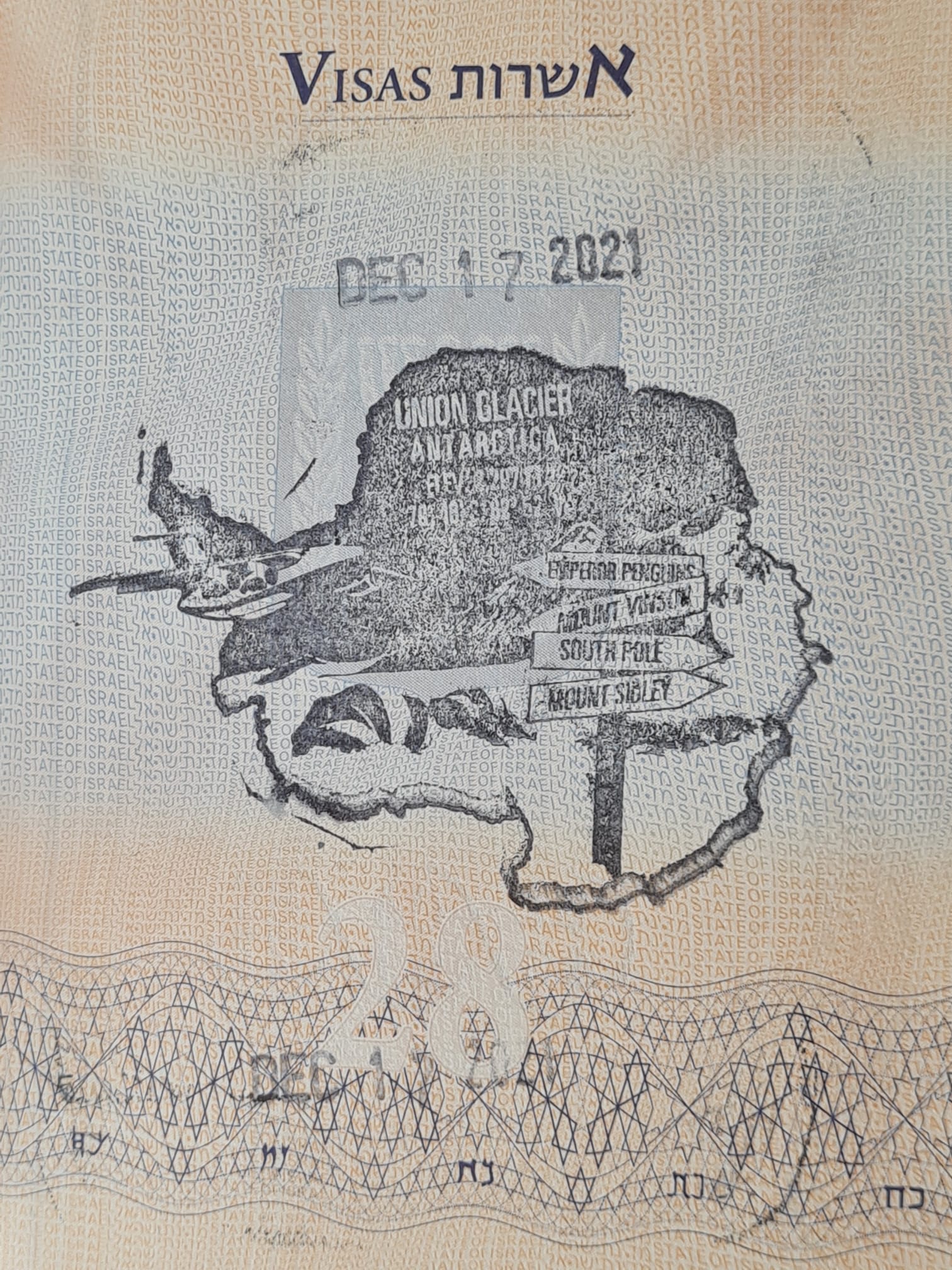
The souvenir in the passport Photo: Nir Andelman
"In the race itself, my fingers almost froze because I the gloves I wore were too thin, and I had to change them in the middle. Other than that glitch, I hardly suffered from the cold. Slower runners who stayed in the cold longer had to make long stops to change clothes and even enter tents to get warm, before they could continue.
"Running on the snow was as difficult as I feared, the foot sinking into the snow every few steps. The first lap was faster than planned but as the race progressed, my legs started to ache and my pace slowed down. The run itself is in an open view of white, so I had to find Landmarks along the route to divide the long run into portions, to feel I'm progressing.
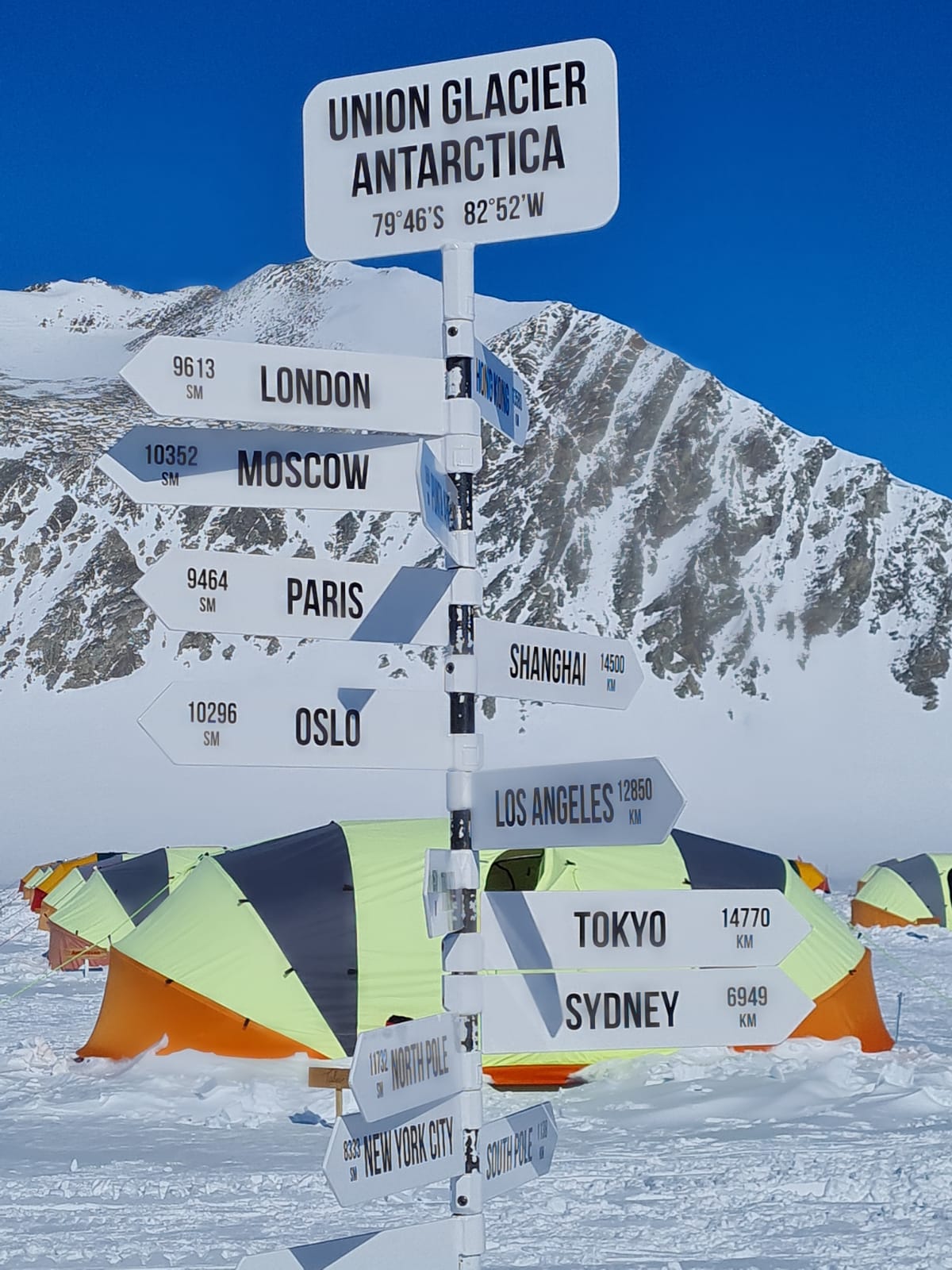
This sign is one of the attractions at the camp. Photo: Nir Andelman
"After a lap and a half I was more or less alone, but after another lap I started to meet the less fast runners who were one lap behind, which helped me feel I was progressing and encouraged me to keep up my pace. I finished the race in a little less than five hours, which was my optimistic estimate I finished in ninth place among the men and tenth overall, out of a few dozen participants."
Are there any new and exotic destinations you are planning for after the Antarctic Marathon site?
"The marathon itself lasts only a few hours, but marks a two-year chapter in which it was my 'next big thing.' Many of the Antarctic marathon participants set a goal for themselves to enter the 'Club of the Seven Continents' and run a marathon on every continent, when some have completed the goal now. I like the idea, but I have time, and for me it can take another ten years. I have only three continents out of the seven so far, but the most hardest is already behind me. "
"Antarctica is a frozen desert with cruel weather," Andelman concludes "yet we all shared an experience that unites us. The four laps in the snow have created connections that will last for many years to come."

